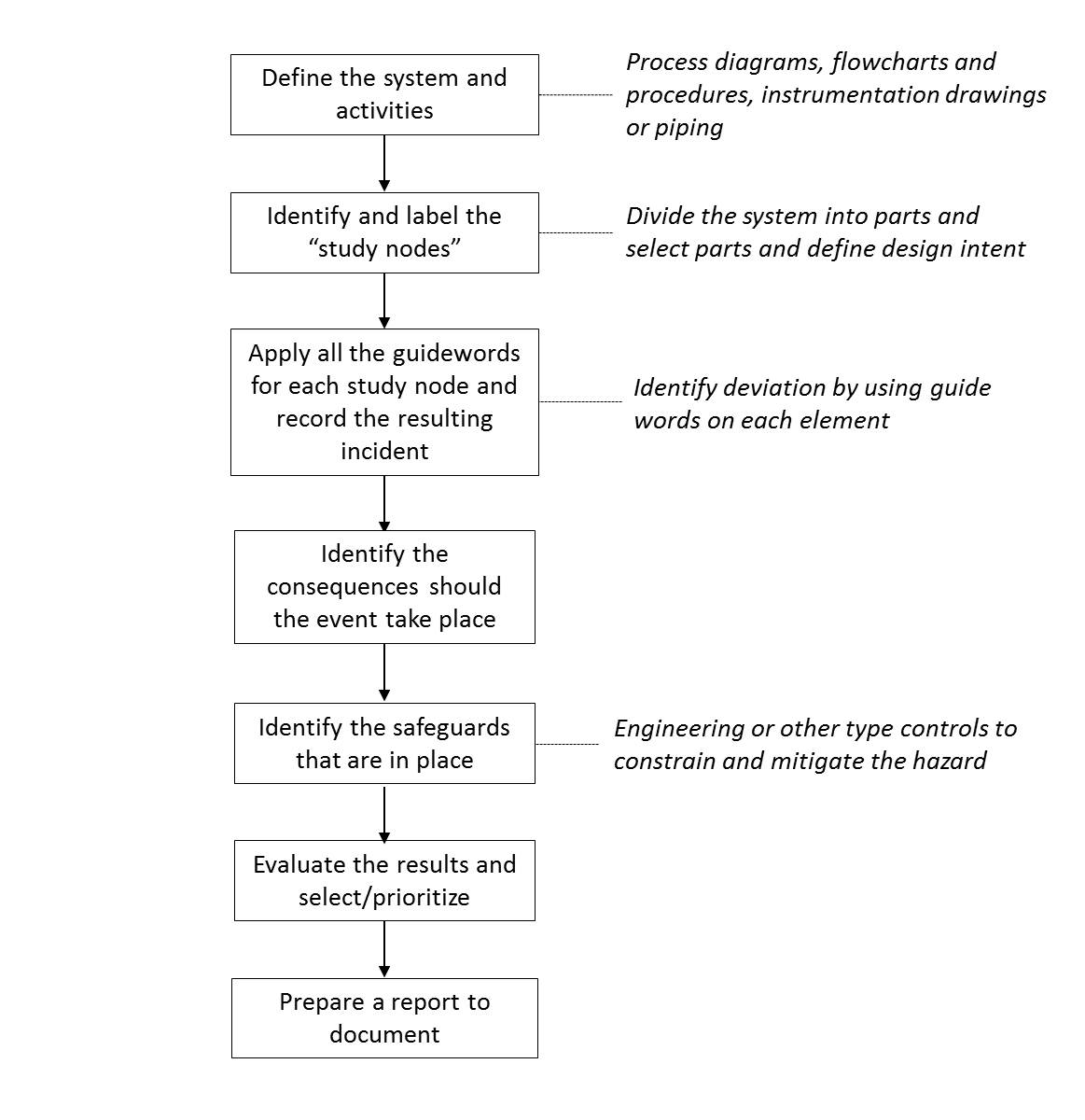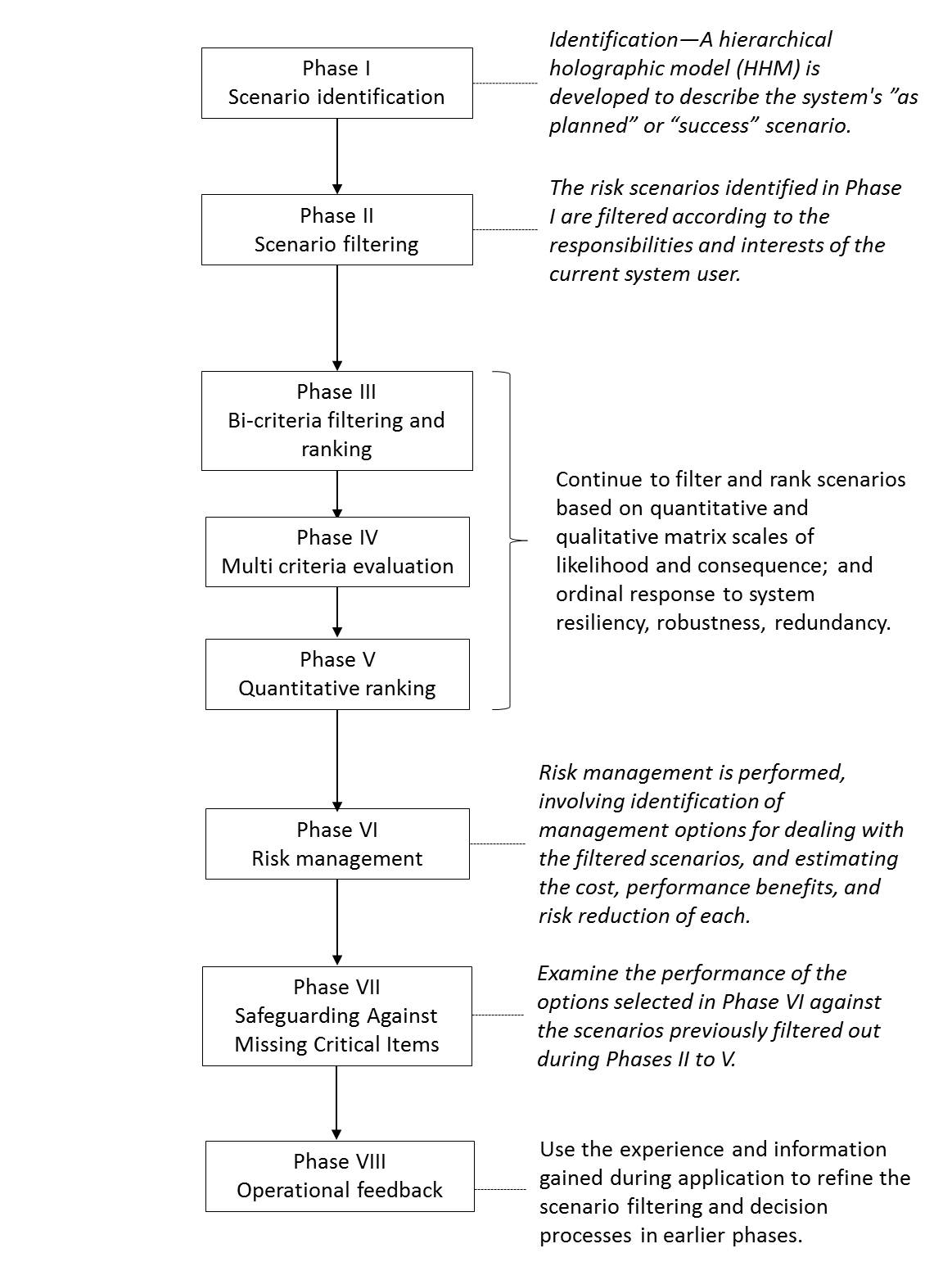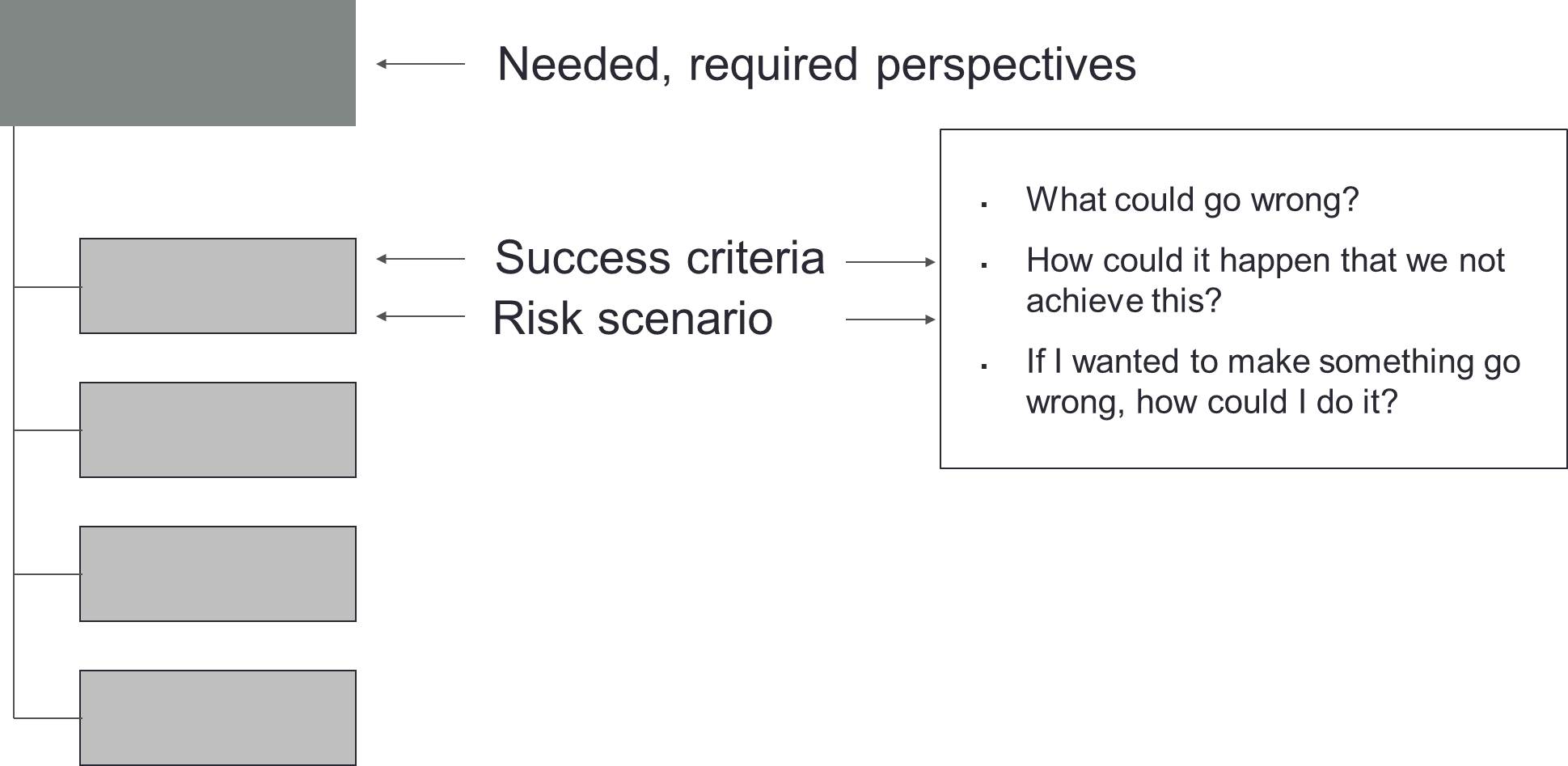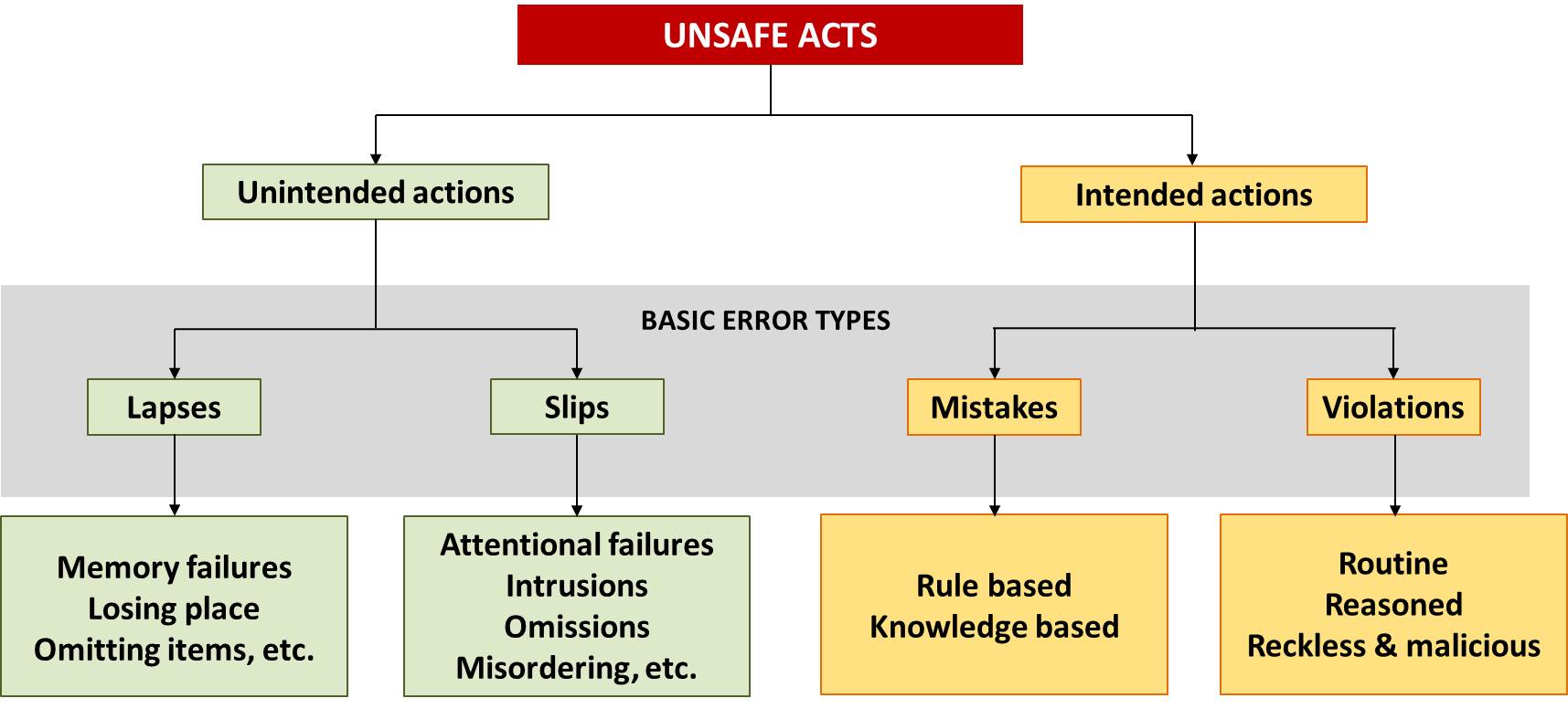H
Harm: Damage to health, including the damage that can occur from loss of product quality or availability. (ICH Q9)
Hazard: The potential source of harm. (ISO 14971:2000)
Hazard Analysis and Critical Control Point (HACCP): A systematic, proactive and preventive tool for the identification, assessment and control of safety hazards. It is a structured approach that applies technical and scientific principles to analyze, evaluate, prevent, and control the risk or adverse consequence(s) of hazard(s) due to the design, development, production, and use of products.
WHO recommends the following guidelines in applying the HACCP system:
- Before HACCP is applied to any sector, that sector should be operating in accordance with the principles of good practices and the relevant legislation.
- Management commitment is necessary if an effective HACCP system is to be implemented.
- HACCP should be applied to each specific operation separately.
- CCPs identified in any given example in any reference document (including GMP guidelines) may not be the only ones identified for a specific application or may be of a different nature.
- The HACCP application should be reviewed and necessary changes made when any modification is made in the product or process, or in any step.
- It is important, when applying HACCP, to take into account the nature and size of the operation.
- There should be a HACCP plan. The format of such plans may vary, but they should preferably be specific to a particular product, process or operation. Generic HACCP plans can serve as useful guides in the development of product and process HACCP plans; however, it is essential that the unique conditions within each facility are considered during the development of all components of the HACCP plan.
Hazard and Operability Studies (HAZOP): A qualitative, highly structured inductive tool used to identify, consider, and reduce risks related to the materials, equipment, and operation involved with a process or system. It is usually carried out by a suitably experienced multi-disciplinary team (HAZOP team) during a set of meetings. The amount of information needed to conduct a HAZOP is substantial; it is highly recommended that other risk assessment tools should be use prior to HAZOP to eliminate some of the ore obvious risks. HAZOP is best suited for assessing hazards in facilities, equipment, and processes. It is capable of assessing systems from multiple perspectives such as design, physical and operational environments and operational and procedural controls. In this regard, very detailed process flows and instrumentation drawings or piping are needed to conduct a HAZOP. HAZOP could also be used for new processes and/or for facilities that are being designed.
The basis for the HAZOP exercise is a process flow diagram. Within the process flow diagram, “study nodes” need to be identified and labelled. In order to identify deviations, the HAZOP team applies a set of “guide words” to each node. To help discussions, it may also be helpful to use a set of “parameters” which apply to the design intent (e.g., flow, temperature, pressure, composition, level, maintenance). The most frequently used guide words are as follows:
Most frequently used guide words in HAZOP

Following this step, the consequences should be identified should the event take place. Then, engineering or other type controls have to be established to constrain and mitigate a hazard.
An example of HAZOP analysis worksheet (this format to be applied to each defined study node)

Hazard labels: Diamond shape signage indicating hazardous materials applied on the item, container or building where hazardous materials are stored in. The Globally Harmonized System of Classification and Labelling of Chemicals (GHS) is an internationally agreed upon system set to replace the various classification and labelling standards used in different countries. Two sets of pictograms are included within the GHS: first one is for labelling of containers and for workplace hazard warnings and the second one for use during the transport of hazardous materials. The standardized hazard label is composed of a symbol (hazard pictogram), a signal word and a hazard statement.
Examples of hazard labels recommended by the UN Model Regulations

Hazard pictograms: See hazard labels.
Hazard statement: A statement assigned to a hazard class and category that describes the nature of the hazard of a hazardous product, including, where appropriate, the degree of hazard. (UN)
Hazardous materials: See dangerous goods.
Heat: A form of energy that flows from a warmer to a cooler environment through either a direct (radiation and/or conduction) or an indirect path (convection).
Heat of fusion: The amount of heat that must be added to convert a unit of mass of a solid into a liquid at its melting point temperature, or the amount of heat that must be removed to convert a unit of mass of a liquid into a solid at its freezing point temperature. (WHO)
Heat transfer: Exchange of thermal energy between physical systems, depending on the temperature and pressure, dissipating heat. See conduction, convection and radiation.
Herbal products: Medicinal products containing, exclusively, plant material and/or vegetable drug preparations as active ingredients. In some traditions, materials of inorganic or animal origin can also be present. (ICH Q3A/R2)
Hierarchical holographic modelling (HHM): A methodological framework to identify, prioritize, assess, and manage risk scenarios of a large-scale system. The modelling includes both qualitative and quantitative aspects. It is usually used as the preparatory step to “risk filtering and ranking”. S. Kaplan defines eight phases in HHM which these eight phases reflect a philosophical approach rather than a mechanical methodology. In this philosophy, the filtering and ranking of discrete scenarios is viewed as a precursor to, rather than a substitute for, consideration of the totality of all risk scenarios.
In HHM, success criteria can be studied in order to create risk scenarios.
An example of use of HHM in risk analysis conducted for an authentic e-learning design (Vesper, Kartoglu, Herrington and Reeves)

Holdover time: The time in hours during which all points in the vaccine compartment of a vaccine refrigerator remain below +10°C, at the maximum ambient temperature of the temperature zone for which the appliance is rated, after the power supply has been disconnected. For vaccine freezers, the holdover time is the time in hours during which the vaccine compartment remains below -5°C. (WHO)
Host: A person or other living animal, including birds and arthropods, that affords subsistence or lodgment to an infectious agent under natural (as opposed to experimental) conditions. Some protozoa and helminths pass successive stages in alternate hosts of different species. Hosts in which the parasite attains maturity or passes its sexual stage are primary or definitive hosts; those in which the parasite is in a larval or asexual state are secondary or intermediate hosts. A transport host is a carrier in which the organism remains alive but does not undergo development. (WHO)
Human error: All those occasions in which a planned sequence of mental or physical activities fails to achieve its intended outcome, and when these failures cannot be attributed to some change agency (JT Reason). Action by human operators can fail to achieve the goal in two different ways: The actions can go as planned, but the plan can be inadequate or the plan can be satisfactory but the performance can be deficient (E Hollagel).
Humidity (relative humidity (RH)): The partial pressure of water vapour in air to the vapour pressure of saturated air at a given temperature. In other words, the RH is the amount of water vapour present, divided by the theoretical amount of moisture that could be held by that volume of air at a given temperature.
Hydrocarbons (HCs): Several hydrocarbons (HCs) have excellent refrigeration fluid properties, zero ODP, and very low global warming potential (GWP). The sole disadvantage of using HCs is their flammability and the risk of explosion. It is recommended that small refrigerators with refrigerant charges of less than 150 g should be preferentially purchased where an option to do so exists. Larger charges can be used, provided safety conditions are met. (WHO)
Hydrochlorofluorocarbons (HCFCs): HCFCs are similar to CFCs but contain hydrogen and have a lower ozone-depleting potential. It is now illegal to purchase new refrigerated vehicles that use HCFCs as the refrigerating fluid or those have HCFCs within the insulation in non-Article 5 countries, although they can still be operated using recycled refrigerant. It is recommended that refrigerated vehicles containing HCFCs should not be purchased in Article 5 countries although they can and should be operated until the end of their design life. (WHO)
Hydrofluorocarbons (HFCs): HFC refrigerants are composed of hydrogen, fluorine and carbon atoms connected by single bonds; they do not deplete the ozone layer because they do not contain chlorine or bromine. However, they do have a high GWP; some higher than others. Atmospheric concentrations of these gases are rapidly increasing. Currently most refrigerated transport solutions and most fixed refrigeration equipment depend on the use of HFCs and there is no alternative; however HFCs with lower GWP should be considered. Hydrocarbons are recommended for smaller systems. (WHO)
Hydrofluoroolefin (HFO): HFO refrigerants are the fourth generation of fluorine-based refrigerants. HFO refrigerants are composed of hydrogen, fluorine and carbon atoms, but contain at least one double bond between the carbon atoms. These compounds have zero ODP and a very low GWP. Therefore these products offer a more environmentally friendly alternative, although there are issues with flammability. (WHO)

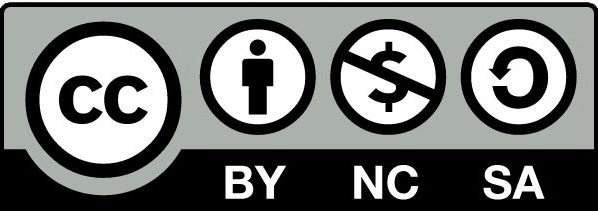
The users of this electronic publication are free to share (to copy, distribute, display and perform the work and make derivative works based on it only for noncommercial purposes); and to remix (to adapt the work) under the following conditions:
Attribution - The work must be attributed in the manner specified by the author or licensor (but not in a way that suggests that they endorse you or your use of work)

